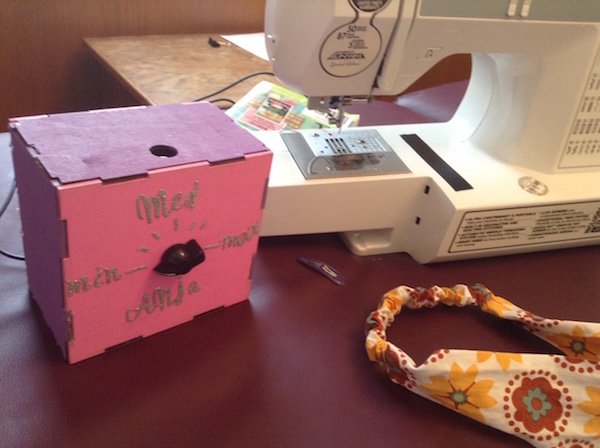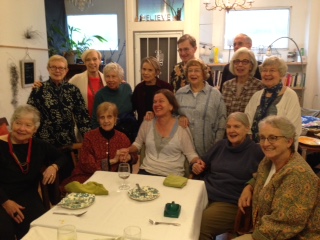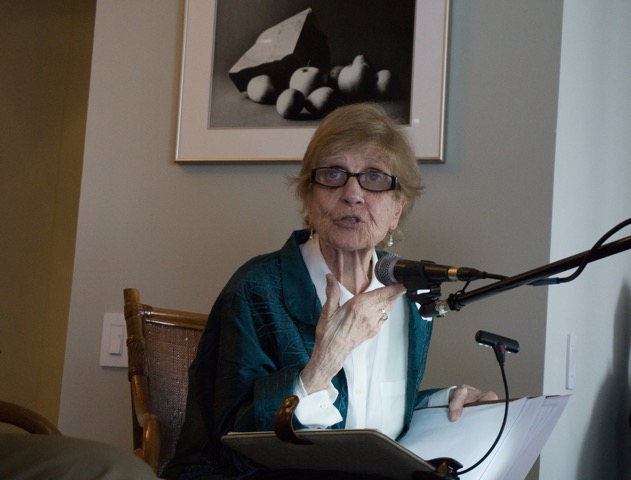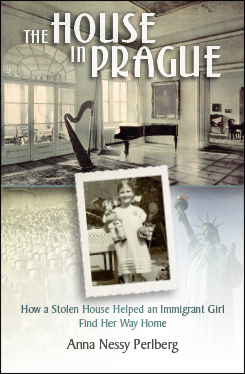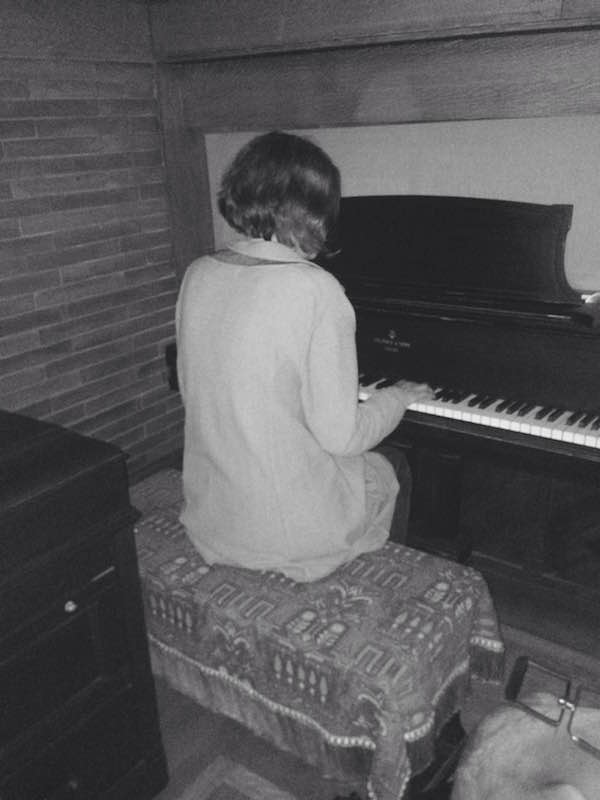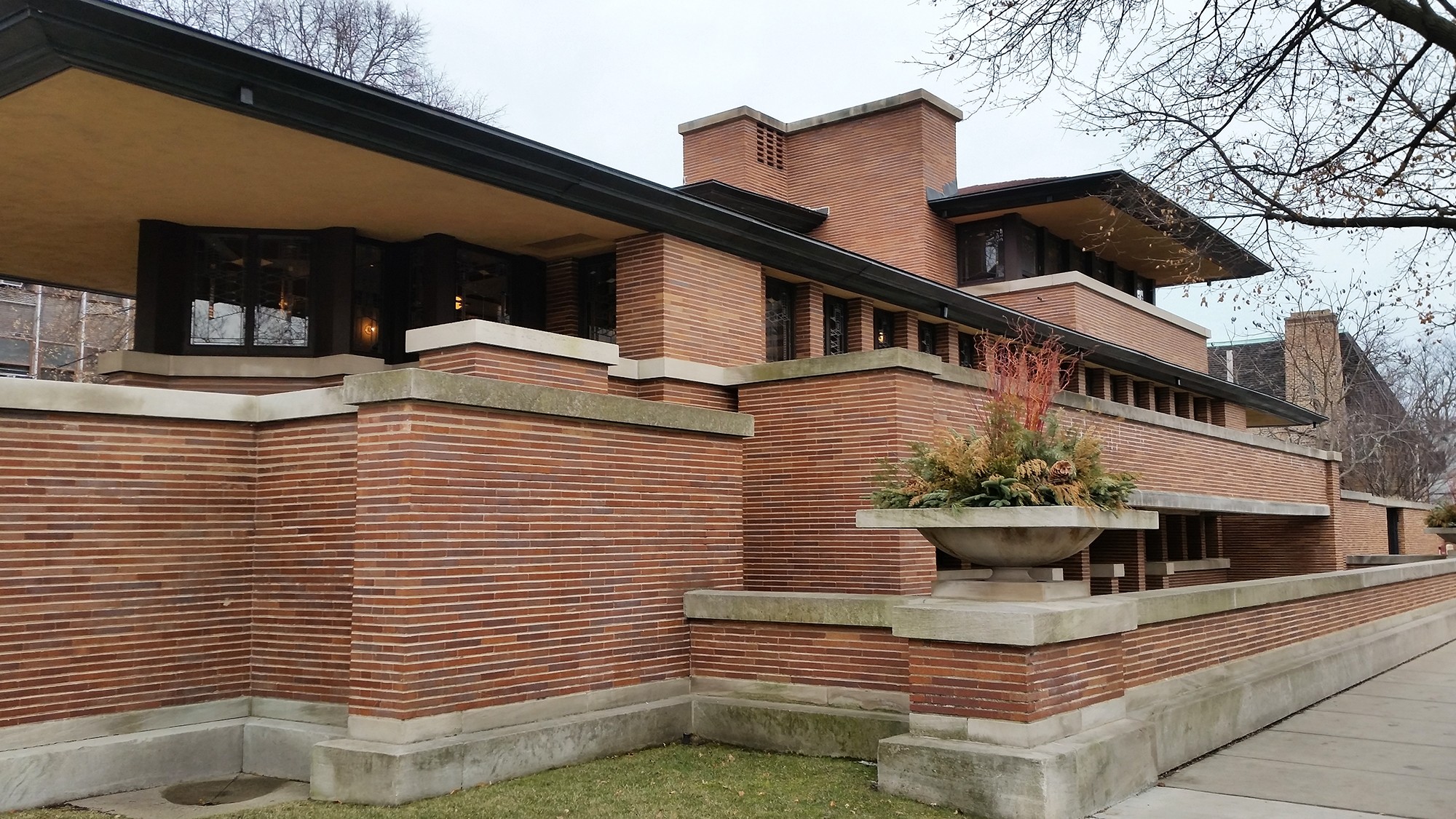The three days I spent In New England over Memorial Day reminded me of trips I used to take in my college years. Only difference: Back then I would have found a ride on the “ride board” at the U of I snack bar and sat in the back seat of a stranger’s car to get there. This time, I flew with friends: Whitney and Mike.
The three of us glided relatively easily through TSA lines at Midway Airport, and our travel good karma continued when what might have been a fiasco in Cambridge unexpectedly turned into a bonus.
Here’s what happened. The manager of the bed & breakfast we’d booked in Cambridge told us we couldn’t stay there with Whitney. “No dogs, “ she said. I told her Whitney is a guide dog. “I need her to get me around safely,” I explained. “No dogs,” she said. I quoted regulations from the Americans with Disabilities Act. “No dogs,” she repeated. I didn’t want to waste our short time arguing with the manager, and I didn’t want to waste my good money on a room where we were obviously unwelcome. We cancelled our room and Mike found a last-minute deal at a hotel on Copley Square.
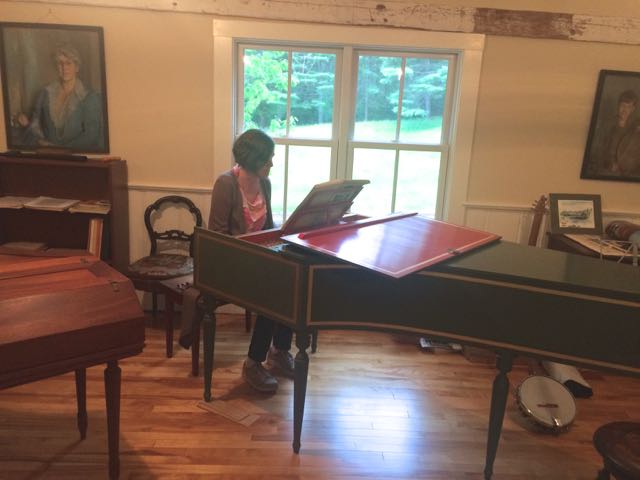
The blues sound a little spooky on a harpsichord.
I was as giddy as a schoolgirl when we checked in. Our room was cheaper than the one at the @*)! B&B would have been, and for some odd reason, we’d been upgraded, too. We landed a room on the swanky 36th floor.
The concierge recommended a good joint for oysters nearby. “They have a really long bar there,” he said. “You should be able to walk right in and find a couple seats.” He was right.
We took our bartender’s recommendations on which ones to order. Oysters taste different in Boston than they do in Chicago. I had six.
A friend met us there half way through our first dozen oysters. Lydia moved from Chicago to Boston last year to take a job with Harvard Magazine, and visiting with her Friday and Saturday morning marked the first throwback to my college and post-college years: I got out of Illinois to see a friend who’d just left for a new cool job somewhere else.
Saturday afternoon our friend Siobhan Senier picked us up at our hotel and drove us to the lovely place she and her husband Greg live alongside the Lamprey River in Epping, New Hampshire. Mike and I knew Greg and Siobhan when they lived in Urbana, Illinois. They left town after Siobhan received a Ph.D. from the University of Illinois, and now she’s a literary historian at University of New Hampshire. Siobhan gathers Native writing from New England and works to figure out why that writing isn’t more widely read — or understood. She’s building a digital archive of that literature, and you can read more about it on her Indigenous New England Literature blog — pretty cool stuff.
We spent Saturday afternoon and evening sitting on the patio behind Siobhan and Greg’s house — who needs to leave home when its sunny outside and there’s a charcoal grill nearby? Surrounded by a little grass and a lot of forest, Whitney chased a tennis ball, ran it back to us, chased a tennis ball, ran it back to us, chased a tennis ball, ran it back to us, chased a tennis ball, ran it back to us…you get the picture. We humans ate delicious food — including local swordfish — from the grill and caught up and just hung out and laughed and laughed and laughed — like we used to do in our twenties in Urbana. In a morning walk the next day, Greg — an avid birder — identified the birds we heard by their calls.
On Sunday, we had a two-hour drive with Siobhan to the farm where our friends Mim and Kin live in northern New Hampshire. Again, the nostalgia: a road trip! Siobhan would be staying overnight with us at the farm house, and Mim’s mom was coming in from Vermont to see us, too.
I met Mim when we were both dopey college students — we were on the same study abroad program in Austria. She’s Dr. Miriam Nelson now, author of a best-selling Strong Women series of books about the benefits of strength training. Mim is the one who got me an appearance on the Oprah Winfrey Show. She was on Oprah touting her books, I stood in the audience to ask a question, mentioned my job modeling nude for art students, and Oprah used the clip in a special “Best of After the Show” segment the next year. So thanks to Mim, I had a moment of Oprah fame myself!
Mim recently accepted a new position at University of New Hampshire where Siobhan teaches. Mim and her husband Kin inherited Kin’s family farm in northern New Hampshire some years ago after his parents died. Their three children are all grown now, so the two of them moved permanently to the farm in March when Mim started her new job.
Yet another beautiful place surrounded by trees and fields, but this time, a working farm, too. As baffled as Whitney was by the cows and sheep on the other side of the fence, she was more taken by the tennis ball she uncovered in the field. Kin threw the ball, she chased it and ran it back, Kin threw the ball, she chased it and ran it back, Kin threw the ball, she chased it and ran it back, Kin threw the ball, she chased it and ran it back, Kin threw the ball, she chased it and ran it back, …you get the picture.
Mim and Kin have been married more than 25 years now. Mike and I went to their wedding, I catch up with Mim in New England any time I’m up that way, her mom and brother visited while driving through Chicago way back when — we went to the Checkerboard Lounge when it was the real deal. Mim’s met up with me here in Chicago many times while on business trips. With all that, until this visit, I’d never had a chance to really get to know her husband Kin. Another throwback to my college days. I felt like I was meeting a friend’s boyfriend for the first time. Kin passed the audition — in one short overnight stay, we bonded! (He makes a mean cappuccino, which didn’t hurt.)
Aside from short walks around the farm, we never leftthe Mim and Kin’s farm house. After a traditional Memorial Day dinner –hamburgers on the grill — Kin led us upstairs to their music room. He’s an accomplished musician and treated us with some tunes on his violin. I played blues tunes on a harpsichord Kin’s father had built (think Addams Family). Mostly, though, we laughed and talked over meals at the kitchen table.
Siobhan was sitting next to me once when none of us could remember an actor from some movie or another. “If I had my phone with me, I could look it up,” she said. That’s when it dawned on me. All weekend long, not a single conversation had been interrupted by the ding or ring of a phone. None of us seemed to need to take a phone out to entertain ourselves.
Another throwback.
